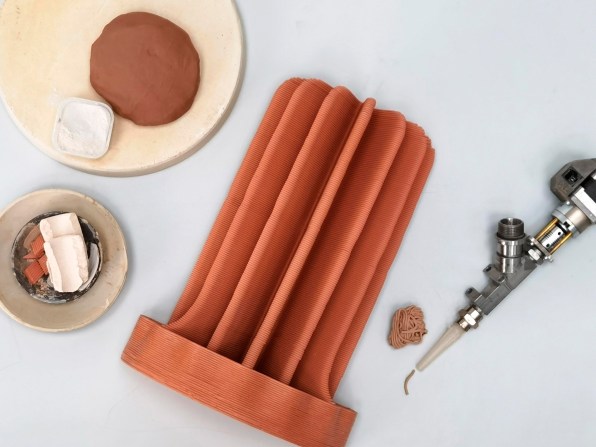Post and discuss interesting articles & videos about science and technology.
You don't need to be an expert - just interested in the wonders of modern science, technology, and the history of these fields.
Please keep it rational, and post articles from reputable sources.
Try not to editorialise headlines and keep the copy to just a paragraph with a link to the original source. When quoting excerpts from articles, I think the best method is to italicise the copy, and include a link to the source.
Have some fun with your comments and discussions... just keep the sources legitimate.
Other threads:
The Break Room has a number of other popular threads, so there is no need to post material here that is better suited to these other threads:
- Covid19-Coronavirus updates and news
- Conspiracy Thread Free For All
- The *religious* discussion thread
Please enjoy!
You don't need to be an expert - just interested in the wonders of modern science, technology, and the history of these fields.
Please keep it rational, and post articles from reputable sources.
Try not to editorialise headlines and keep the copy to just a paragraph with a link to the original source. When quoting excerpts from articles, I think the best method is to italicise the copy, and include a link to the source.
Have some fun with your comments and discussions... just keep the sources legitimate.
Other threads:
The Break Room has a number of other popular threads, so there is no need to post material here that is better suited to these other threads:
- Covid19-Coronavirus updates and news
- Conspiracy Thread Free For All
- The *religious* discussion thread
Please enjoy!
Last edited:











